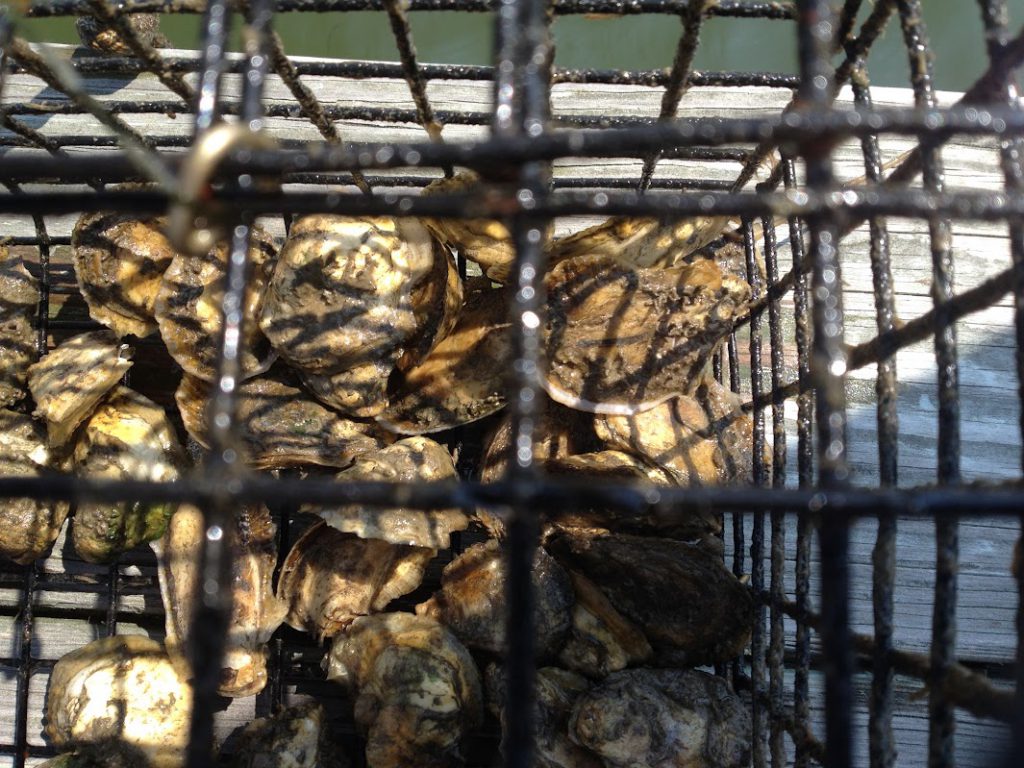Effective management of shellfish harvest in the US relies on timely and accurate information about the shellfish habitat and the factors that impact it. In some areas, poor water quality from precipitation and other factors trigger conditions that require harvest closures. This project seeks to improve the use of both NOAA and non-NOAA data to develop demonstration support tools to assist in making daily management decisions about shellfish harvest closures.
Why We Care
Shellfish harvest is often prohibited or temporarily restricted due to contamination of the surrounding waters and the resulting health risks to human consumers. These harvest closures result in economic impacts to both wild-caught and aquaculture harvesters. In many shellfish growing areas, poor water quality and contamination results from land-based runoff or other environmental factors. Many of these factors are predictable. For example, a certain amount of rainfall within the watershed may lead to increases in bacterial pollution in the downstream waterbody where shellfish harvest occurs. Coastal managers may use these predictable relationships to make harvest closure decisions.
However, when deciding to restrict harvest, coastal managers may not have adequate knowledge of the best triggers for closure decisions or may depend on unreliable data for evaluating current conditions in the growing areas. These closure decisions would benefit from 1) better predictions of poor water quality, and 2) more timely and accurate data streams.

What We Did
We are using both NOAA and non-NOAA data sources to evaluate and improve decisions for shellfish harvest area closure decisions. We are collaborating with coastal states and the National Weather Service to develop decision support tools to improve the efficiency and accuracy of closure decisions.
What We Found
We found that positive relationships between rainfall and bacterial pollution in shellfish growing waters holds true for many watersheds and for both daily and annual time periods. Collaborating with state shellfish sanitation specialists, we developed decision support tools for multiple states. These tools compliment and improve the decision process used by each state to make daily decisions about closing shellfish growing areas to harvest.

Disclaimer: As a work in progress, current decision support tools displayed here are considered experimental products, and thus NOAA will not be held liable from issues arising from their interpretation and use.
